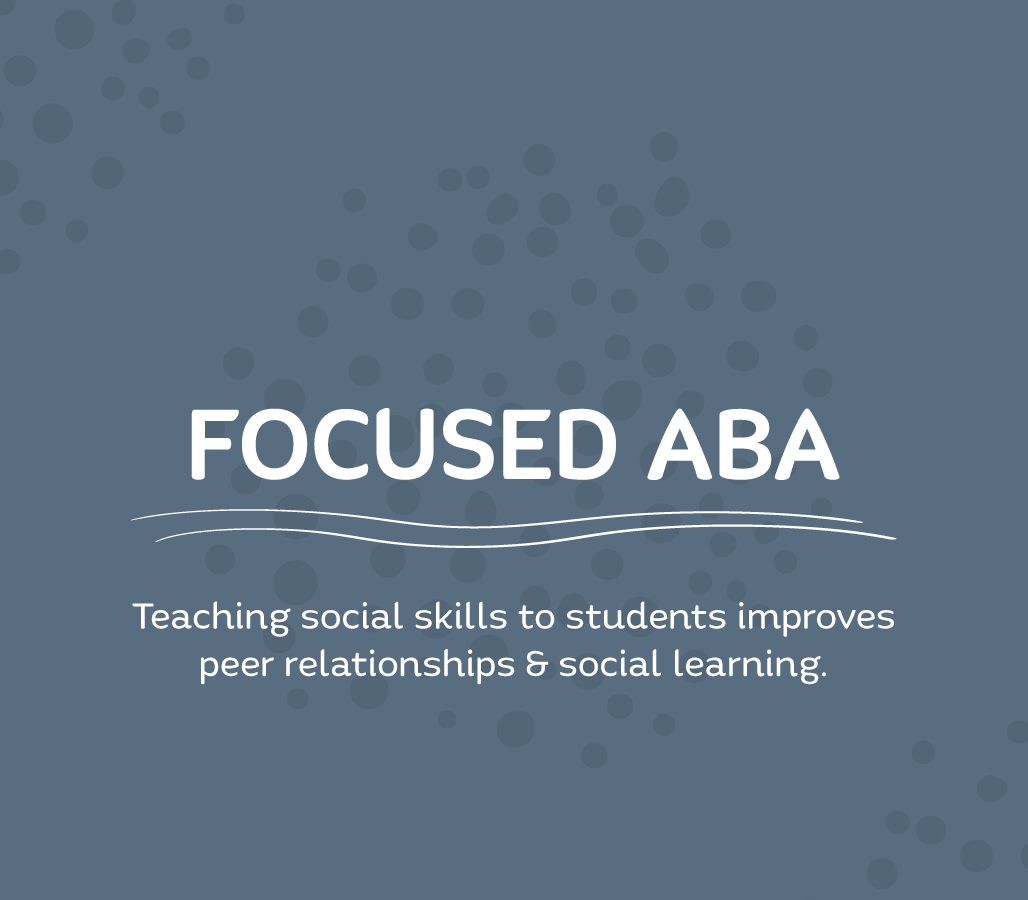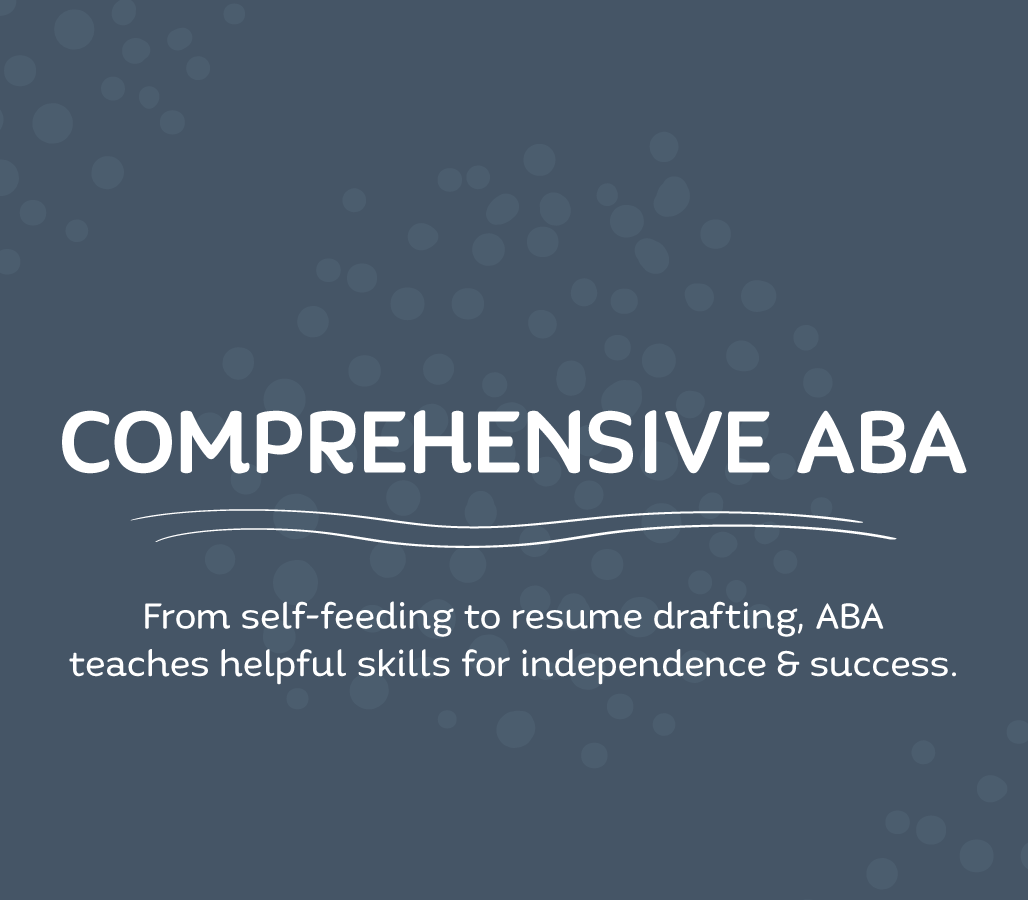What is ABA?
According to the CDC (2023), one in 36 children is identified with an autism spectrum disorder (ASD). ASD occurs in all racial, ethnic, & socioeconomic groups. There is a growing need for effective, empirically-validated autism support. For many individuals & families navigating the complex world of ASD treatments, Applied Behavior Analysis (ABA) is the right option. This early-intervention, evidence-based approach is endorsed by the American Medical Association, National Academy of Science, American Academy of Pediatrics, U.S. Surgeon General & New York State Department of Health. What makes this approach the most effective option for many individuals with autism spectrum disorders? The answer lies in both the decades of research behind ABA & the encouraging outcomes it generates.
Focused ABA involves direct service delivery to the client. It is not restricted by age, cognitive level, or co-occurring conditions. Focused ABA refers to treatment provided directly to the client for a limited number of behavioral targets.
Although the presence of problem behaviors may more frequently trigger a referral for Focused ABA treatment, the absence of appropriate behaviors should be prioritized, as this is often the precursor to serious behavior problems. Therefore, individuals who need to acquire skills (e.g., communication, tolerating change in environments and activities, self-help, social skills) are also appropriate for Focused ABA. In addition, all treatment plans which target reduction of dangerous or undesired behavior must concurrently introduce and strengthen more appropriate and functional behavior.
Examples of behavior-change targets in a focused ABA treatment plan for children who lack key functional skills include establishing compliance with medical and dental procedures, self-care skills, safe and independent leisure skills (e.g., appropriate participation in family and community activities).
Comprehensive ABA refers to treatment where there are multiple targets across all developmental domains that are affected by the individual’s ASD. These programs tend to range from 26-40 hours of direct treatment plus supervision per week.
Initially, this typically involves 1:1 staffing and may gradually include small group formats as is appropriate. Although there are different examples of comprehensive treatment, one example is intensive early treatment where the overarching goal is to close the gap between the client’s level of functioning and that of typically developing peers. Targets are drawn from multiple domains of functioning including cognitive, communicative, social, and emotional. Targets also include reducing the symptoms of co-occurring behavior disorders such as aggression, and self-injury. However, comprehensive behavioral treatment may also be appropriate for older individuals diagnosed with ASD, particularly if they engage in severe or dangerous behaviors across environments. In some cases, residential placement or inpatient hospitalization may be required for a period of time.
Applied Behavior Analysis is different from other autism therapies in that it is a systematic discipline that focuses on reliable measurement & objective evaluation of measurable behaviors. ABA programs use data for decision making with treatment goals, evaluating progress, & determining treatment effectiveness.
Over the past five decades, thousands of published research studies have documented the effectiveness of ABA across a wide range of:
EVIDENCE-BASED APPROACH
POPULATION
Children & Adults with Developmental Disabilities, Mental Illness, & Learning Disorders
SETTINGS
Schools, Homes, Institutions, Group Homes, Hospitals, & Businesses
INTERVENTIONISTS
Parents, Teachers and Staff
BEHAVIORS
Social, Academic, Leisure, Language & Functional Life Skills; Aggression, Self-Injury, & Oppositional Behaviors




